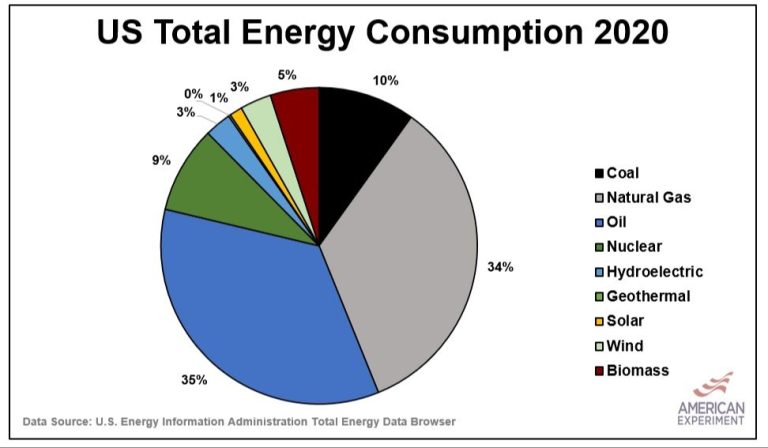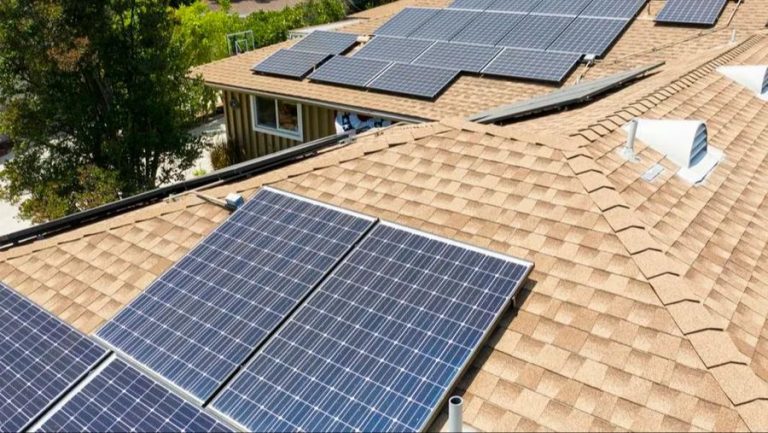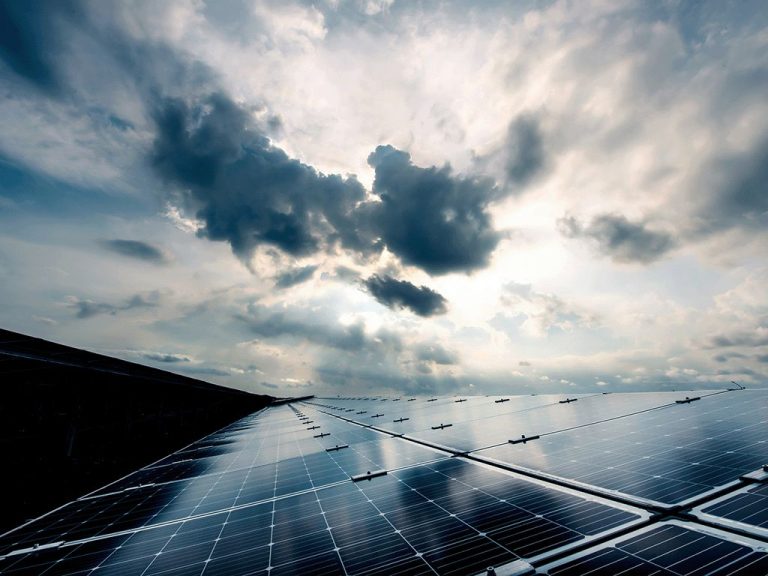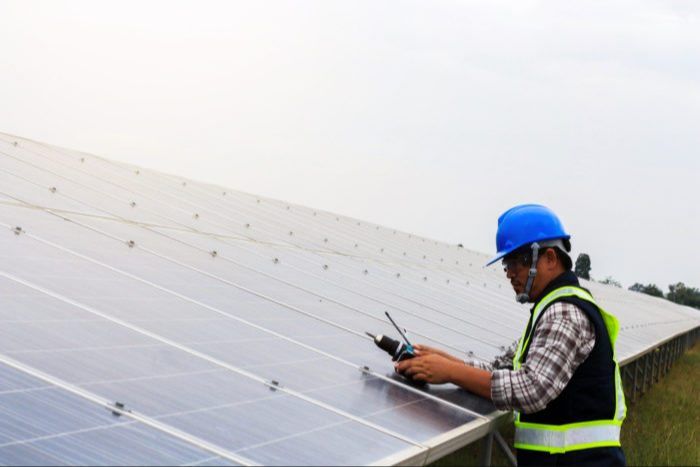How Long Does It Take For A Solar Panel To Produce 1 Kw?
When it comes to solar power, the amount of energy produced is often discussed in terms of kilowatts (kW). But what exactly is a kilowatt? Simply put, a kilowatt is a unit of power. Specifically, one kilowatt equals 1,000 watts. In the context of solar panels, the kilowatt rating refers to the maximum potential power output of the solar panel under ideal conditions.
Solar panels generate electricity by converting sunlight into direct current (DC) electricity. Determining how long it takes for a solar panel to produce 1 kW of energy can be useful for calculating the potential energy production and return on investment of a solar panel system. The time required depends on several factors like the wattage of the panels, hours of usable sunlight, panel efficiency, orientation, and maintenance.
In this article, we’ll walk through the key considerations for estimating the time for a solar panel to generate 1 kW of electricity.
Typical Solar Panel Wattage
Most home solar panels today have power ratings ranging from 250-400 watts. High efficiency panels may go up to 450 watts. The most common residential solar panel size is around 300 watts.
On the lower end, panels can be as small as 100 watts. However, these very low power panels are not as cost effective and require more labor to install enough to meet household electrical needs.
On the high end, some large commercial panels can reach over 600 watts. But those are less common for homes as they can be unwieldy and often require special structural support.
For a residential home array, the sweet spot for balance of efficiency and practical installation is generally between 250-400 watt panels. Within that range, 300-350 watts is the rating homeowners usually look for.
Factors affecting production time
There are several key factors that affect how long it takes for a solar panel to produce 1 kW of energy:
- Sunlight – The amount of direct sunlight hitting the panels is critical. More sunlight equals more energy production. Locations that receive abundant sunshine year-round will produce energy faster than cloudy regions.
- Weather – Inclement weather like rain, snow, and cloud cover reduces the sunlight reaching panels, slowing energy production. Solar output can fall 70% or more on overcast days.
- Geography – The location on the planet impacts the angle of the sun and sunlight intensity. Equatorial regions receive more direct sunlight than higher latitudes. Energy output falls in winter at higher latitudes as sunlight hits at an angle.
- Panel efficiency – Higher efficiency solar panels convert a greater percentage of sunlight into electricity. Panels with lower efficiency ratings produce less energy. Typical panel efficiencies range from 15-22%.
- Angle/orientation – The angle and direction panels face matters greatly. Panels facing true south (in northern hemisphere) at a 30-60 degree tilt receive the most direct sunlight and produce the most energy over a year.
Optimizing these variables results in faster energy production from a solar panel system.
Calculating watts to kilowatt hours
To determine how long it takes a solar panel to produce 1 kW of energy, we first need to understand the relationship between watts and kilowatts. Watts measure the rate of energy production or consumption, while kilowatts measure the total amount of energy produced or consumed over time.
Specifically, 1 kilowatt (kW) equals 1,000 watts (W). This means that a solar panel rated at 250 watts will produce 0.25 kilowatts per hour in optimal conditions.
We can use the following formula to convert watts to kilowatt hours:
Kilowatt hours = Watts x Hours / 1000
So if we know the wattage of a solar panel and how many hours of sunlight it gets, we can estimate how many kilowatt hours it will produce.
Sunlight Hours by Location
The number of sunlight hours in a given location has a major impact on how long it takes solar panels to produce electricity. This is because solar panels can only generate electricity when there is sunlight shining on them. Locations near the equator generally have more sunlight hours per day compared to higher latitudes.
For example, Phoenix, Arizona which is located at 33°N latitude averages around 300 days of sun per year and over 4,000 hours of bright sunlight annually. This equates to an average of 11 sunlight hours per day. Other desert and tropical locations like Hawaii, Texas, and Florida also average between 4,000-4,500 sunlight hours per year.
In contrast, cities farther from the equator like Seattle, Washington which is at 47°N latitude only averages around 2,500 sunlight hours per year due to more cloud cover and shorter winter days. The annual average of sunlight hours in Seattle is closer to 6-7 hours per day.
Similarly, parts of Alaska only receive around 2,000 sunlight hours per year on average. Higher elevations also receive more sunlight on average than nearby lower elevations due to fewer obstruction from landscape features like mountains. Considering sunlight hours is key for estimating solar panel electricity production potential by location.
Solar Panel Efficiency
The efficiency of a solar panel indicates what percentage of sunlight hitting the solar panel gets converted into electricity. Most residential solar panels have efficiencies between 15% and 22%.
The most common type of solar panel on homes is made of monocrystalline silicon. This type typically has an efficiency around 15-18%. Slightly more efficient are polycrystalline silicon panels, with efficiencies of 16-20%. The most efficient option for residential use are monocrystalline PERC panels, which can reach over 20% efficiency.
Solar panel efficiency is a major factor determining the size of system needed to produce a given amount of electricity. With higher efficiency panels, you can generate the same amount of power with fewer panels. However, higher efficiency panels tend to come at a higher cost. Most homeowners find the balance of efficiency and price with panels in the 16-18% range provide the optimal value.
Estimating time for 1 kW
We can estimate how long it takes for a solar panel to produce 1 kW by calculating the solar panel’s wattage and the average number of sunlight hours. For example, let’s look at a 300W solar panel in Phoenix, Arizona which gets around 12 sunlight hours per day on average.

To produce 1 kW (or 1000W) we’ll need:
1000W / 300W per panel = 3.33 panels
Now we calculate the estimated time:
12 hours x 3.33 panels = 39.96 hours
So in Phoenix, 3 x 300W panels would take around 40 hours to produce 1 kW of energy. This calculation gives a rough estimate, as panel efficiency, angle and other factors can affect actual production time. But it provides a helpful baseline for understanding how long it takes to generate a kilowatt from solar.
Importance of Panel Orientation
The orientation of solar panels is crucial for maximizing energy production. Solar panels should be mounted facing true south in the northern hemisphere, or true north in the southern hemisphere. This orientation allows the panels to receive direct sunlight for the maximum number of daylight hours.
Panels should also be tilted at an angle equal to the site’s latitude to optimize annual energy production. At this tilt angle, the panels are perpendicular to the sun’s rays during the spring and fall equinoxes when the sun is highest in the sky. Tilting panels at lower angles can boost summer performance while steeper tilt angles favor winter output depending on the site’s needs and weather patterns.
To fine tune panel placement, solar installers may use tools like a solar pathfinder to precisely determine the sun’s path and shade obstructions throughout the year. Optimally positioning panels to avoid shade can significantly improve output. Ongoing maintenance like cleaning panels and clearing snow is also key to maximize production from a solar array over its 25+ year lifetime.
Maintenance for optimal production
To keep your solar panels performing at their best, it’s important to follow some basic maintenance practices. Here are a few key things to focus on:
Keep panels clean
Dirt, dust, bird droppings, pollen and other debris accumulating on solar panels can block sunlight and reduce power generation. It’s recommended to clean panels at least a couple times per year. Use a soft brush and mild soap and water, avoiding abrasive materials that could scratch the panels.
Check connections
Make sure all wiring connections to your solar panels are intact and secure. Loose connections can impact performance. Inspect connection points, wires and junction boxes regularly for any signs of wear or damage.
Monitor production
Keep an eye on your solar energy production using monitoring software or an app if available. Look for any sudden drops in output which could indicate an issue like an obstruction, wiring problem or failing panel. Knowing how your system is performing helps maximize its productivity.
Conclusion
To recap, the time it takes for a solar panel to produce 1 kW depends on several key factors. The wattage rating of the solar panel determines how many watts it can produce per hour under ideal conditions. The number of sunlight hours per day based on geographic location is also critical, as more sunlight equals more production time. Solar panel efficiency factors in losses and determines actual output. Orientation and tilt to maximize direct sunlight exposure helps decrease production time. With regular cleaning and maintenance, an optimized solar panel system can achieve its rated wattage efficiently.
Taking all these variables into account, a standard 300W solar panel in an area with 6 hours of daily peak sunlight, operating at 15% efficiency on average, would take approximately 3 days to produce 1 kW of energy. High efficiency panels in sunnier climates could produce 1 kW in 1-2 days. Key factors like sunlight exposure and solar panel wattage determine how quickly 1 kW output can be reached.
In summary, solar panel production time for 1 kW ranges widely based on panel specifications, location, efficiency, orientation and upkeep. With optimal conditions, reaching 1 kW production may take only 1-2 days, while less efficient systems may take 3 or more days to produce the same yield. Understanding these variables helps predict solar energy production timeframes and plan systems accordingly.






